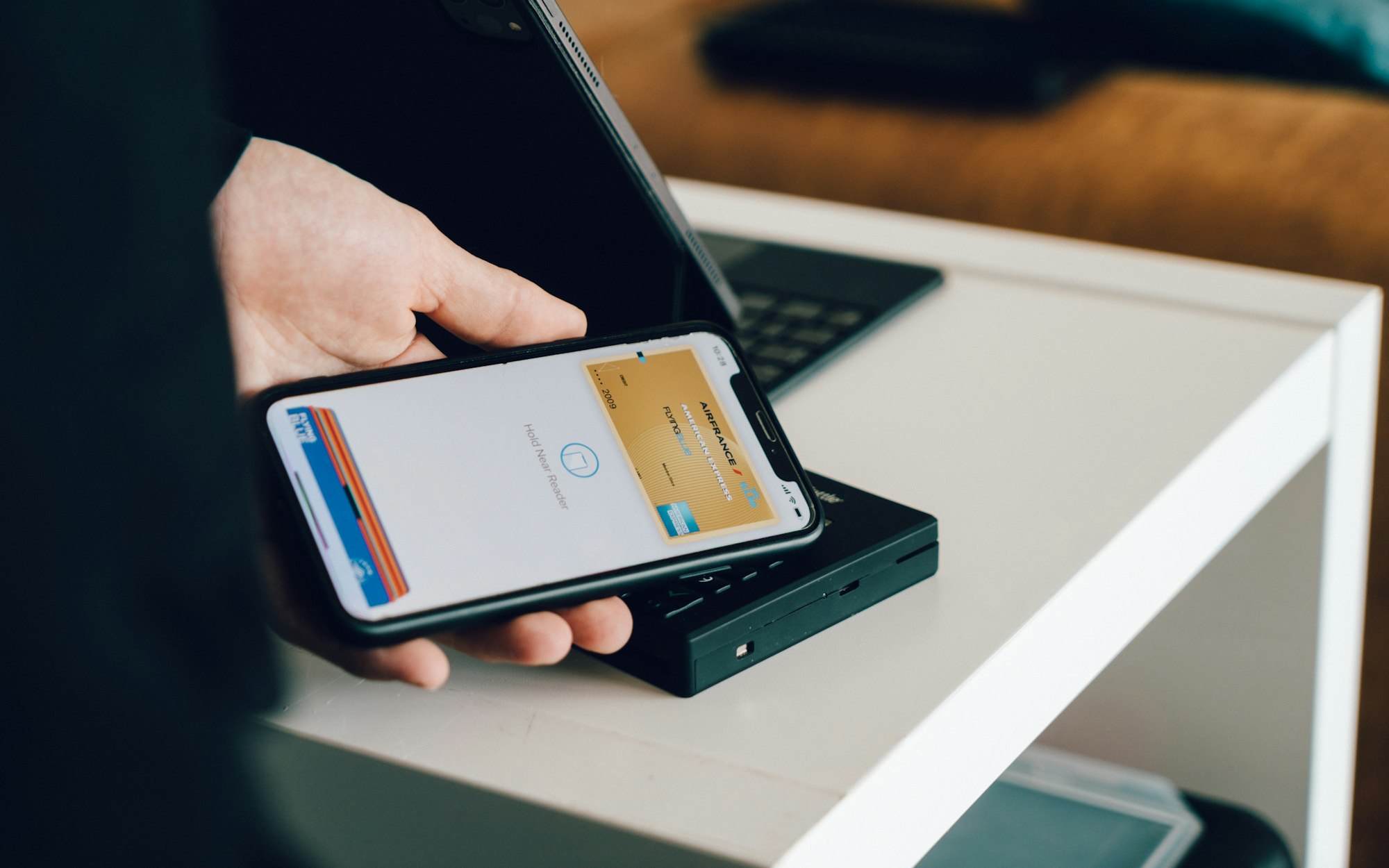
Recommended Cashless Payment Methods in Japan
 Pancake
•
•
4 min read
Pancake
•
•
4 min read
A lot of people think that Japan is mainly a cash-based society. However, this is far from the truth. In fact, there are so many ways to pay for goods that customers are spoilt for choice. I've tried a lot of the payment methods and these are the ones that I prefer and use on a daily basis.
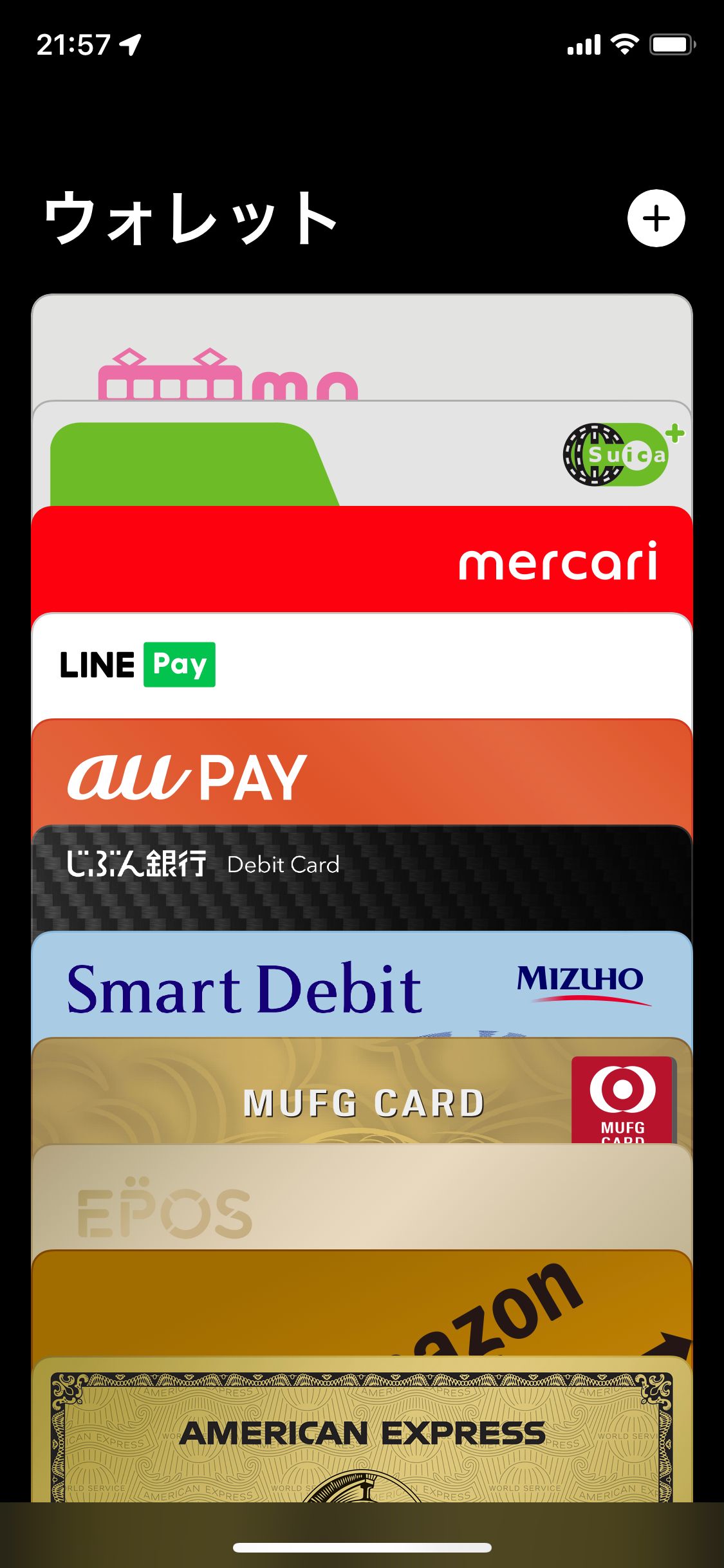
Preferred Payment Method Criteria
So, my preferred payment methods are based off a few general principles:
- Postpaid over prepaid (i.e. no balance stored in card/account)
- Available in many shops
- Easy to use
My Preferred Payment Methods
Credit Card
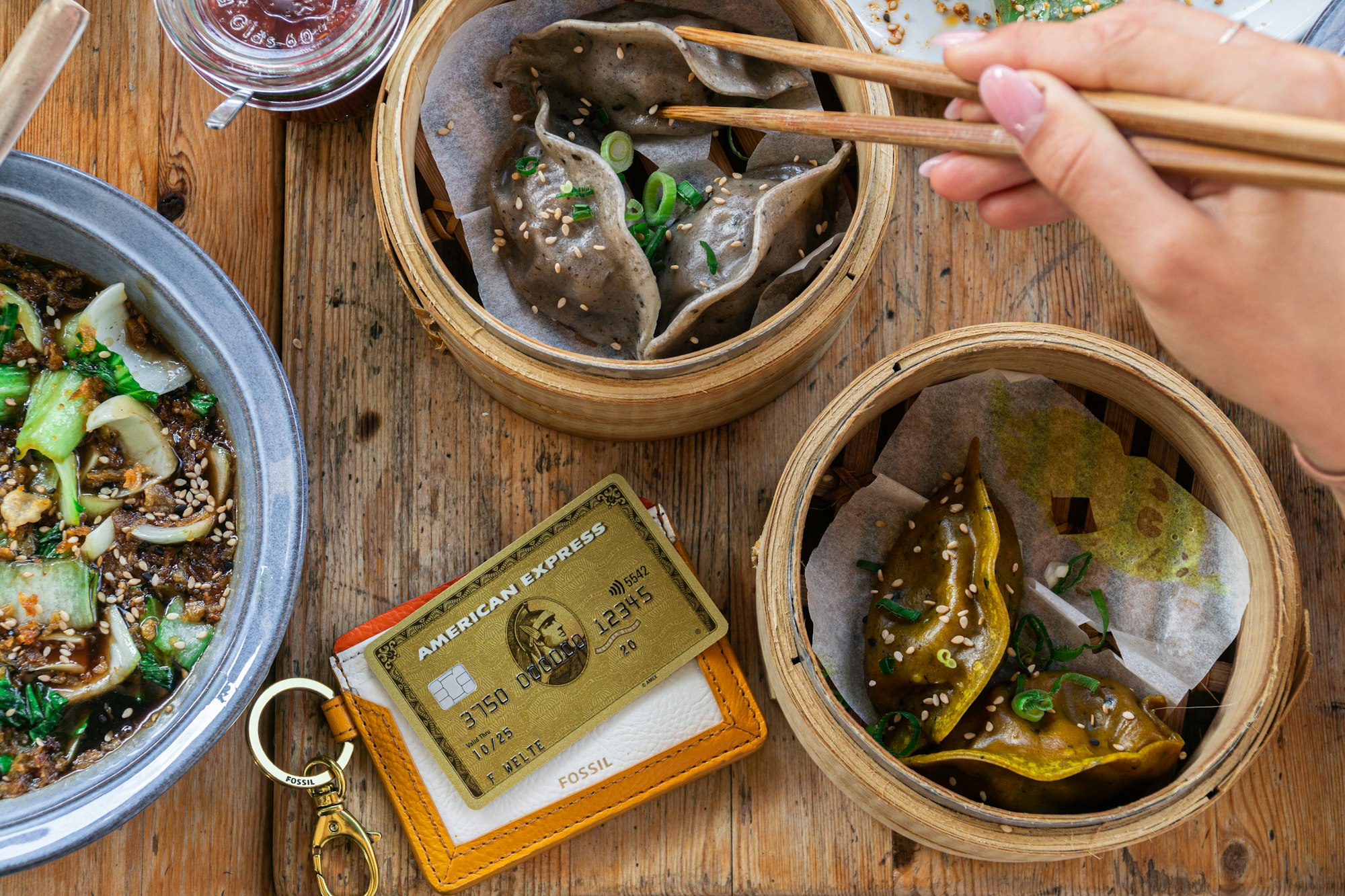
It is no surprise that credit card is my most preferred payment method. I currently have an American Express Gold Card as my main card, with an Amazon Prime Mastercard (previously Amazon Gold Mastercard) as a fallback for places that don't accept AMEX.
With an annual fee of ¥31,900/year, AMEX Gold is definitely not a cheap card. However, I think that the benefits you get from it is definitely worth it. AMEX frequently offers cash back promotions that are super easy to use. On top of that, their customer support is excellent.
Unfortunately, paying with credit cards usually requires a PIN code input, which makes them relatively slow compared to other methods. This is somewhat improved recently with more shops accepting contactless payments (NFC). With NFC, payment by credit card can be completed with just a tap on the reader.
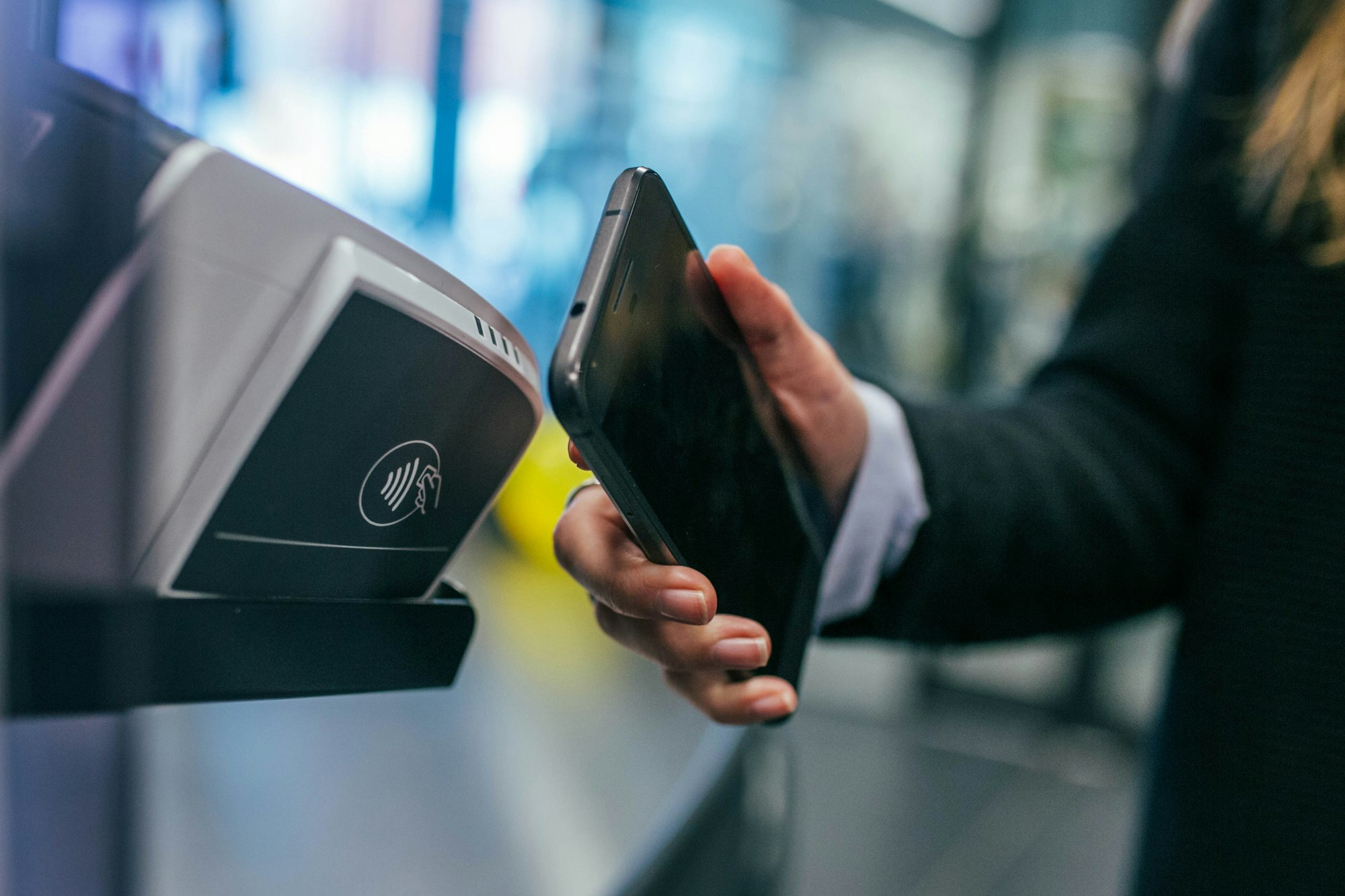
d Barai (d払い)
d Barai is one of the many QR payment apps available in Japan. Backed by phone company docomo, d Barai is one of the d Apps that docomo offer. As expected of any other d App, d Barai is well integrated into the d points system.
QR payment apps usually requires you to charge money into your account in order to use it, but some of them allow linking your credit card and directly charge any transaction to your credit card. d Barai is one of the rare ones that allow linking of AMEX cards, hence I prefer to pay with d Barai over its cousin PayPay.
PayPay
PayPay is probably the most popular QR payment app in Japan. As PayPay has been doing huge advertisement campaigns and offering low transaction fees to shops, you are more likely to find a store that accepts PayPay than any other payment method out there.
Similar to d Barai, PayPay allows linking credit cards as a payment method, but only allows you to add a Mastercard or Visa card. I've linked my fallback card to PayPay but I only use it when there are no other options.
Suica (or any transportation IC card)
Yes, I know I said no carrying balance, but hear me out. Suica is the only humane way to pay when using public transportation. Suica is designed to handle high passenger loads (think commute rush hour), hence payment can be done in near instantaneous speed. Apart from public transport, I use Suica to pay for stuff when I'm in a hurry.
Instead of the physical card, I currently use Apple Pay Suica, which can be easily created with any iPhone 8 or later. Recharging is done via my AMEX card, which means purchases using Suica are indirectly charged to my credit card.
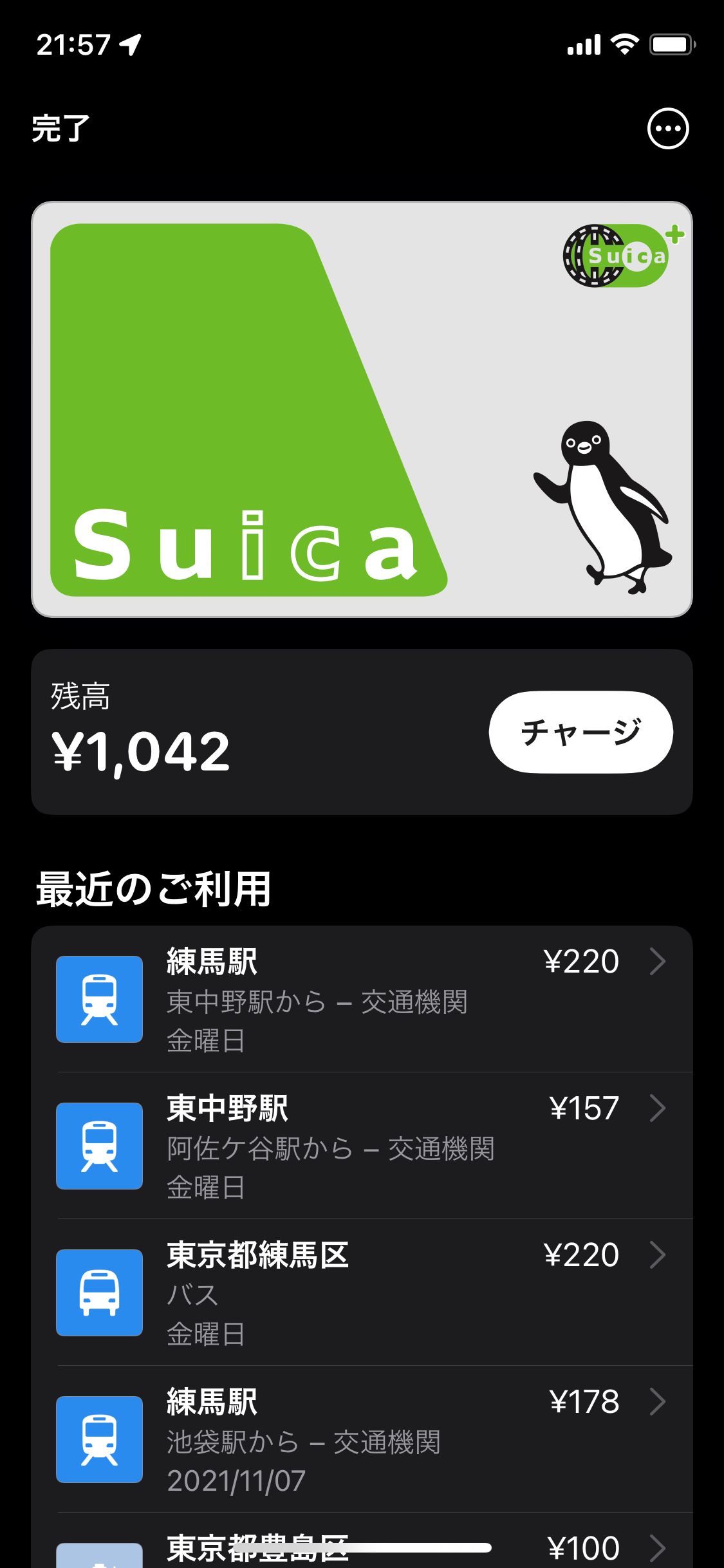
Honorable Mentions
Here are payment methods that I used to prefer but no longer daily drive:
QUICPay/iD

QUICPay and iD are contactless payments that are only available in Japan. Both of these use the same technology as Suica (NFC type F). As these are postpaid systems, they are usually tied to credit cards. Adding a supported Japanese credit card in Apple Pay will enable payments either with QUICPay or iD.
I've been a frequent user of QUICPay/iD since the launch of Apple Pay, but I no longer use it as much as I used to. As Face ID does not work with a mask on, paying with Apple Pay requires a passcode to unlock which is very inconvenient. With an Apple Watch you can circumvent the passcode unlock, but AMEX does not show the shop name when I pay with QUICPay which makes it harder to recall old transactions.
I still use it on rare occasions when I go for a quick conbini run without my wallet.
Pring
Pring is yet another QR payment app but I do not use it for payments. Pring allows users to transfer cash once a month for free which makes it a great way to transfer funds between your own bank accounts without paying expensive furikomi fees.
💡 Pring is now a part of Google. At the time of writing this post no changes have been announced yet, but considering Google is infamous for killing off services it is highly likely that Pring might change in the near future.
Consolidating All Transactions into One Place
If you noticed, my preferred methods to pay are somehow linked to my credit cards. With all the transactions gathered into one place, I can easily keep track of my spending without going through multiple websites or apps. 🥞